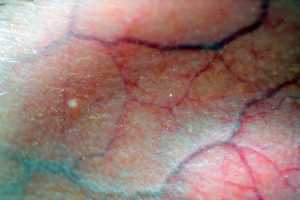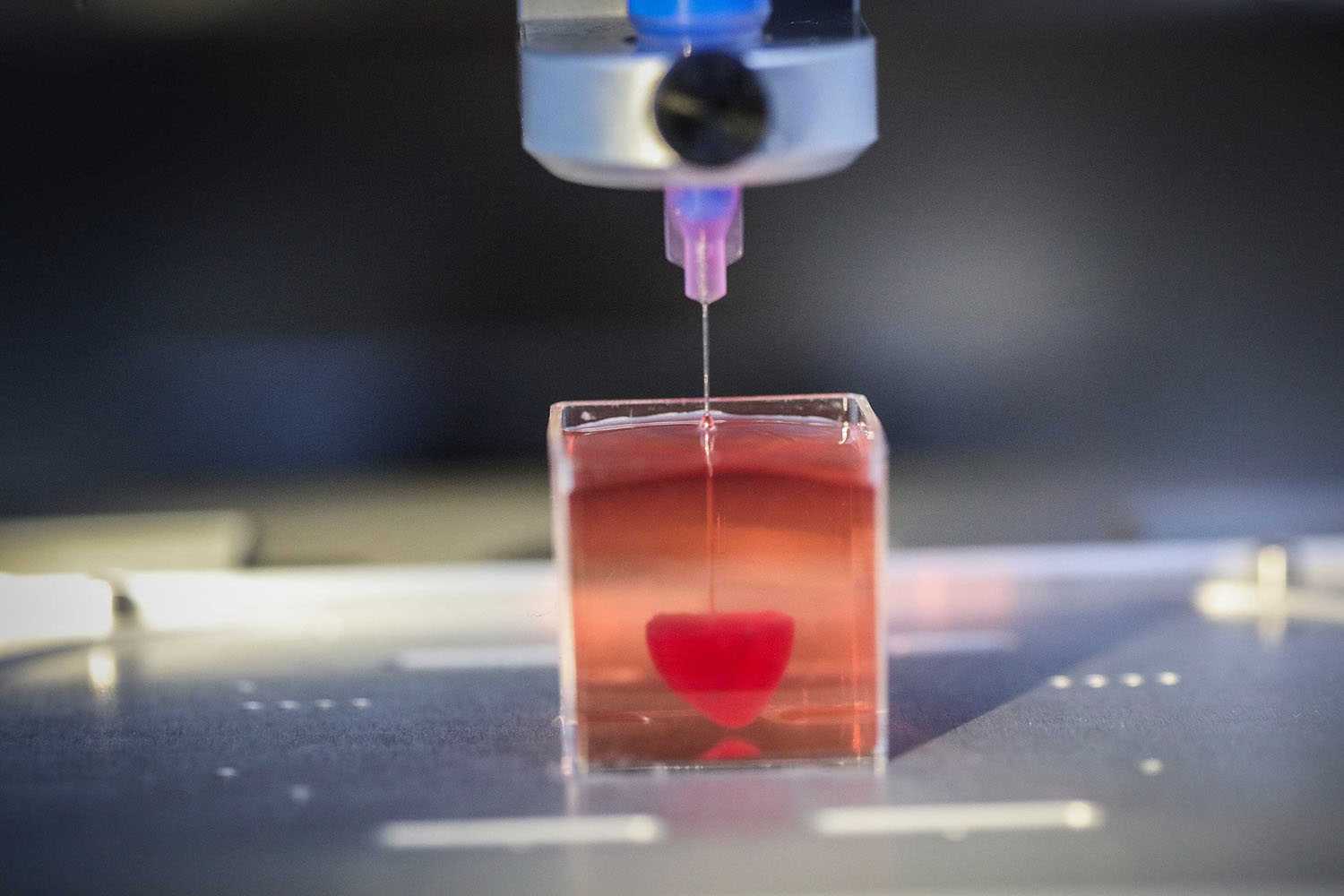From toys and small parts to internal organs, 3D printing is taking over the world. This has to lead a severe competition among tech companies, commercial product manufacturers and on the upper edge, the R&D departments. Medical professionals are looking forward to tinkering with the 3D print tech and see how far it can go?
They have Already Printed Human Ear
In the year 2015, the number of kidney transplants was recorded at 125,000 in the US. This involved one person to another. And, these are patients from victims of accidents, a heart attack or similar event. But, the supply of organs is getting limited these days. And, this is where bioprinting is getting more popular.

In 2016, researchers at Wake Forest Institute announced that they had successfully created a porous frame of human left ear, and then 3D printed it with human cells as the bioink from the nozzle of the printer. The finished ear was then put into an incubator for preservation. Another similar new from the University of Wollongong revealed another breakthrough in 3D print tech in the field of medicine. In this case, they managed to print a human ear using stem cells. This Australian University has developed what they call ?3D Bioprinter?. It is nicknamed ?3D Alek?. In UOW, the researchers used stem cells to grow human ear cartilage using the 3D-printing method to create a human living ear for reconstructive surgery. This was published in early 2019.
The First Hospital to Offer 3D Bioprinter on-Site
When this bioprinting tech had been progressing over time and infused with 3D print a while ago, the excitement was real. Wouldn’t it be life-saving if you did not have to import and spend days in logistics? Even more, If these delicate living internal organs can be transported? This is where having a fabrication lab plays a crucial role. It should be available to hospitals in every country within a radius of 1000 miles for example.
Sydney’s Royal Prince Alfred Hospital (RPH) has the honor to become the world’s first hospital to have a 3D bioprinter in its premises. It is the latest and high-tech. In short, it can do stuff. Ever since the days of World War 1, reconstructive surgery and prosthetics became a dominant field of study and research. And, fortunately, with 3D print tech in our hands, we can see some real magic as per the commonly believed standards of just a century before.
So, RPH is trying to build an ear that is customizable to the patient’s individual abnormalities.
The Advancement of Living Skin Tissue
If one can 3D print ears with human cells, what about the next big thing, the human skin. A sense organ that stretches all around the body and is the largest asset to us can benefit heavily from this. The plastic surgery and reconstructive surgery from accidents can benefit significantly from this.

Also considered one of the most promising projects in this still-evolving field, 3D printed skin can be life-saving. Most of the time donor skin that is right for a patient is very difficult to find. The best way to heal a serious skin injury is through a transplant. Consider injuries like wounds, burns, deep wounds, and non-healing cuts can all pose a great danger if not healed soon. In some cases where most of the body’s skin needs repair, only an infinite supply can help a patient. This is where 3D printed bioskin comes to the rescue.
Thanks to 3D printing researchers and medical professionals are experimenting on directly bioprinting a skin on the burned skin of a victim. Now, there can be multiple layers of skin damage and these open new areas of research. Because of the scarcity of real human donors, patients needing urgent transplants are always out of luck. This is where 3D printed skin can be a life-saving blessing.
Why are these More Useful?
The reason 3D printed skin complete with blood vessels is useful and preferred that donor skin is because they can be perfectly suited to the victim’s injury. It can be made matching the depth, shape needed. The researchers have succeeded in printing all three types of cells below the epidermis. This means even severe deep cuts and burn wounds can be treated this way.
This wonderful piece of a breakthrough in medical science was from the Rensselaer Polytechnic Institute in New York and Yale School of Medicine. They combined the cells found in humans with collagen from animals and printed a skin-like material. According to them, this can provide the right kind of graft for skin treatment. They tested it successfully on a mouse and found it blended soon with the blood vessels on the mouse.
According to Pankaj Karande, who’s heading this research over there, right now the kind of grafts available only accelerates wound healing and eventually falls off. These do not integrate into the skin though.
The goal is to create a kind of graft that can attach itself to the living tissue of the patient, and stay healthy and germ-free. This is then a useful thing to be used for transplants.
Pros
- The 3D print technology has enabled doing something that was not possible before with anything else.
- 3D printed ear lobes and human skin are sure advancement and hopes for better health care in reconstructive surgery.
Cons
- These 3D bioprinted skin cells need more development.
- The team of scientists at Yale is working to edit the skin cells using CRISPR technology such that they match the recipient’s body and are not rejected.
- It is still experimental, though successful, but soon to reach hospitals in the future.
Final Thoughts
Although we have so much to see, these techs are far away from the reach of a common person. It is far from getting to hospitals around the world and becoming a way of treatment. Further, the cost factor associated with making this a reality and practically available at low cost to as many places, even the emerging countries, is far.

